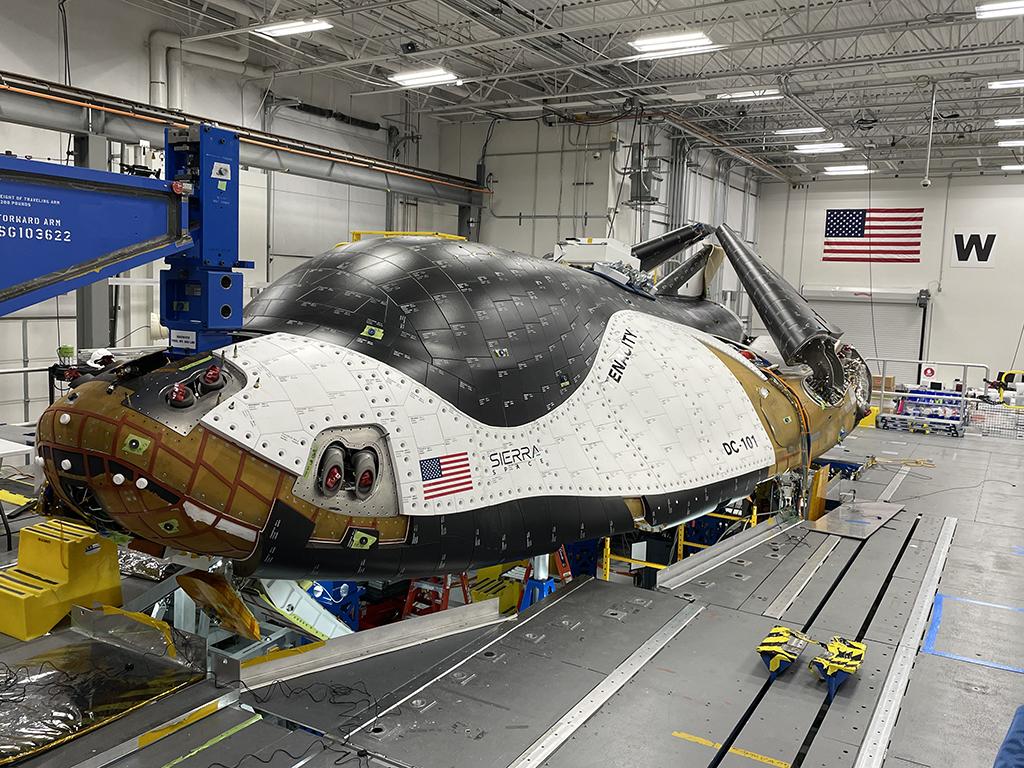Sierra Space is poised to deliver the first Dream Chaser spaceplane—DC-101, named Tenacity—to NASA’s Neil A. Armstrong Test Facility in Sandusky, Ohio, for environmental tests in preparation for its first planned mission to the International Space Station slated for April. Before the spaceplane left the company’s Louisville, Colorado, production facility, Aviation Week had a chance to take a closer look at the vehicle and even take a short video inside the production facility:







